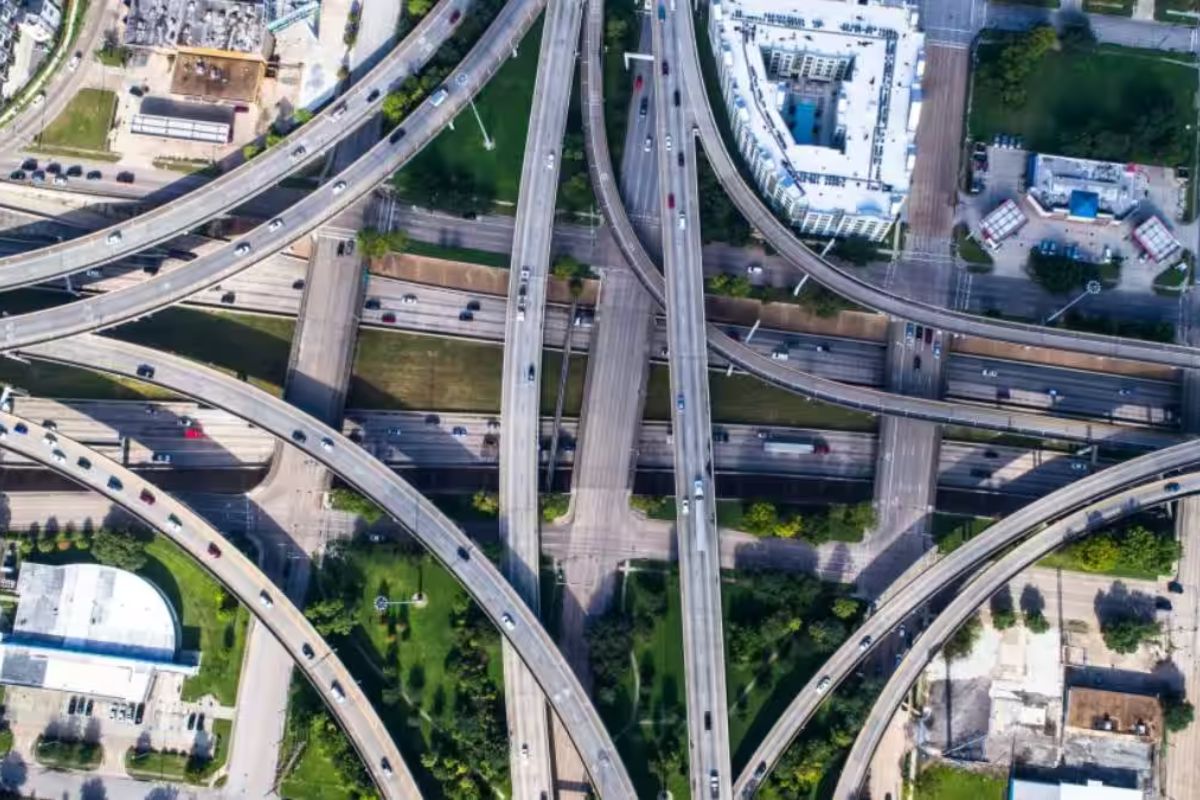Status of India~I
According to historian Angus Maddison, India was the richest country and had the world’s largest economy until the 17th century.
This figure represents about one-seventh of the global GDP growth for the FY 2021-2022, with nearly half of this risk being borne by low- and middle-income countries.

The annual average loss (AAL) in essential infrastructure sectors due to disasters and climate change currently ranges between $301 and $330 billion globally, said the Coalition for Disaster Resilient Infrastructure.
In its recently released biennial report, the CDRI highlighted that when one factors in health and education infrastructure, along with building stock, this figure expands to a range of $732 billion to $845 billion.
This figure represents about one-seventh of the global GDP growth for the FY 2021-2022, with nearly half of this risk being borne by low- and middle-income countries.
Advertisement
Climate change significantly increases the AAL as the report suggested that 30% of the global AAL is linked to geological hazards. 70% is associated with climatic hazards.
The report highlighted that the low and middle-income countries have a substantial infrastructure deficit that hampers social and economic development, coupled with vulnerable and substandard infrastructure due to deficiencies in infrastructure governance.
These challenges are exacerbated by the loss and damage to assets caused by disasters and disruptions in services. Additionally, much of their existing infrastructure is ill-suited to address the challenges posed by climate change and rapid technological advancements.
High-income countries may experience an 11% increase in their total infrastructure AAL, while middle-income countries could see an increase of 12 to 22%, and low-income countries may face a 33% increase.
Climate change will have a more substantial impact on countries with significant infrastructure deficits, weak infrastructure governance, limited fiscal capacity, and minimal private investment.
The report further emphasized that only a few low-income countries have the financial capacity to address their infrastructure deficit, maintain existing infrastructure, transition to net zero emissions, and enhance asset and service resilience.
Many of the countries facing the most significant increase in risk due to climate change are in sub-Saharan Africa and the Middle East.
Countries like the Philippines, Bangladesh, Vietnam, Myanmar, Peru, Honduras, and Ecuador face high levels of both absolute and relative risk, making them susceptible to large-scale losses and challenges to their resilience.
Advertisement